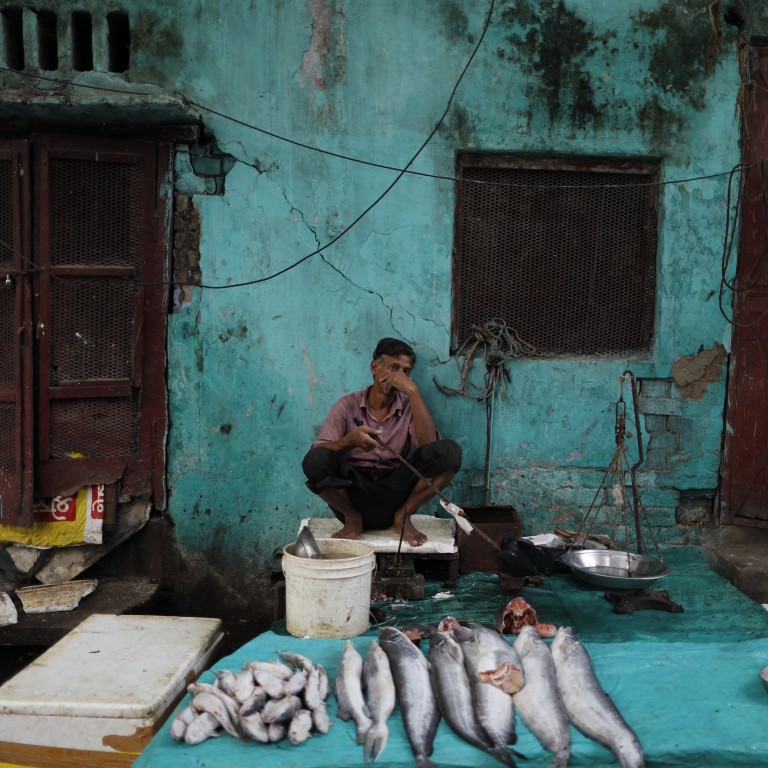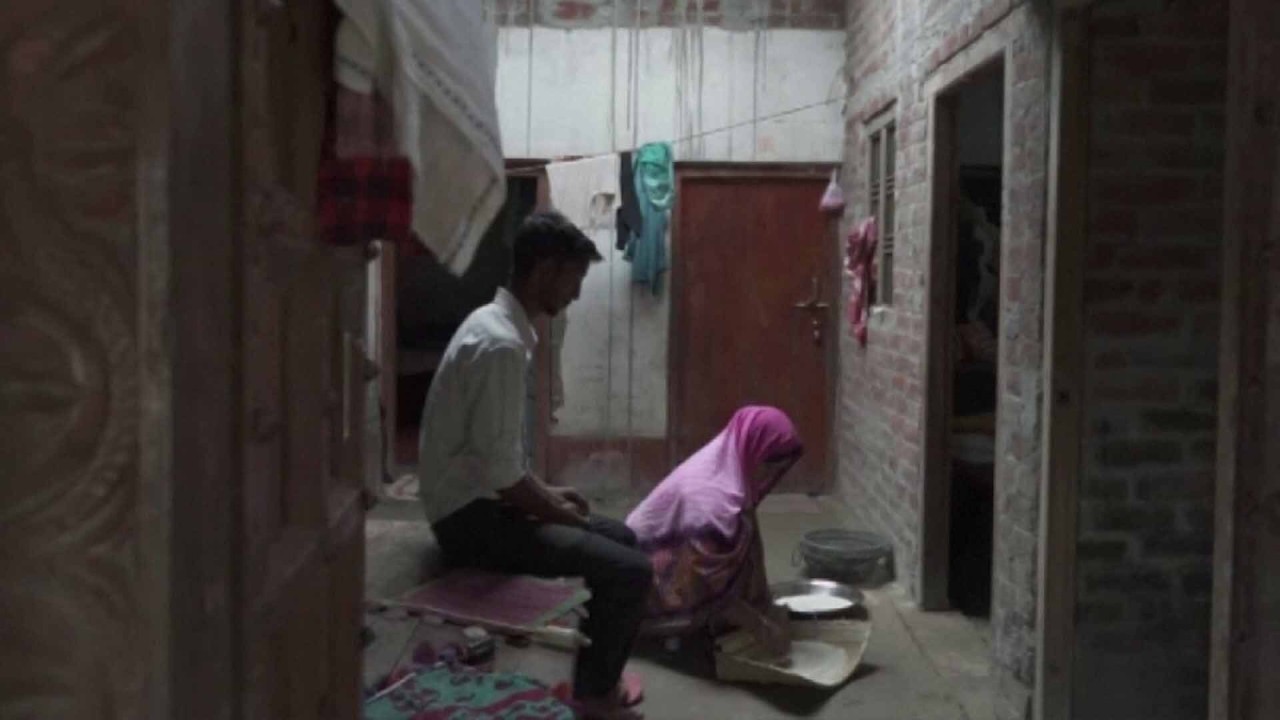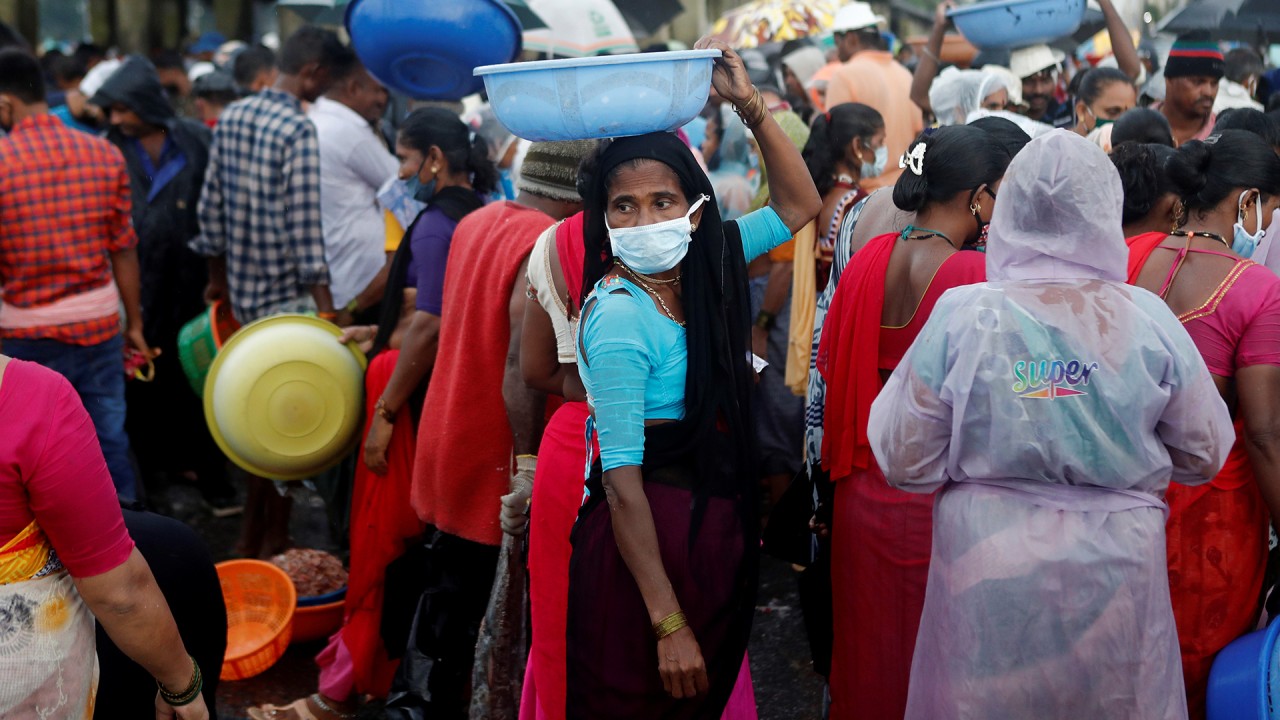
Covid-19 is giving India a rare chance to remake its economy
- Young micro-entrepreneurs are exploring new avenues as demand for e-commerce and online education grows. PPE production is also ramping up as supply lines shift from China
- India must seize the initiative instead of trying to resuscitate the old agriculture-reliant economic model
So what led to this huge drop in gross domestic product? There are a lot of systemic factors at work. First, it means that the key engines of growth – domestic consumption, private investment, government expenditure and exports – are not in the best of health. The spread of the pandemic has brought the economy to a halt after India declared what has been described as the “world’s toughest lockdown” from March 25 to May 31.

03:24
Millions of Indians have been left jobless as Coronavirus pandemic continues to spread
What does it mean for the health of the economy? It will translate into much slower growth. Goldman Sachs estimates that India’s GDP may contract by 14.8 per cent in the 2020-21 financial year while S&P Global Ratings has pared down its forecast to minus 9 per cent.
The outlook does not look bright as many non-resident Indians have had to return from their countries of work, especially the Gulf countries, which will lead to a huge loss in remittances. According to a World Bank study, remittances to India are expected to decline by 23 per cent from US$83 billion last year to US$64 billion this year.
Indian expat exodus from Gulf a chance to wean economy off remittances
Job creation will also be a major challenge. To bring a semblance of normalcy back to the economy, the government will have to focus on this. The floundering economy represents a challenge to Prime Minister Narendra Modi and his ruling alliance, especially as young Indians languish without work.

03:05
India overtakes Brazil with second-highest number of Covid-19 cases, city of Pune national hotspot

02:16
India’s Kalbelia tribe takes its traditional dance online amid Covid-19 pandemic
The economic recovery will also depend on how soon a vaccine is developed and is made available to ordinary Indians, and especially to frontline health care workers. Interestingly, rural India may hold the key to the country’s recovery as GDP growth in agriculture is set to best a five-year average.
However, it is important for India to seize the initiative in a post-Covid-19 world, and avoid trying to resuscitate its old economic model, in which 42.4 per cent of the workforce was employed in agriculture last year.
The pandemic offers India a once-in-a-lifetime opportunity to lay the foundations for a new economy. Whether it is able to do so is a million-dollar question.
Dr Rupakjyoti Borah is an associate professor at India’s Sharda University. His forthcoming book is The Strategic Relations between India, the United States and Japan in the Indo-Pacific: When Three is Not a Crowd. The views expressed here are personal

